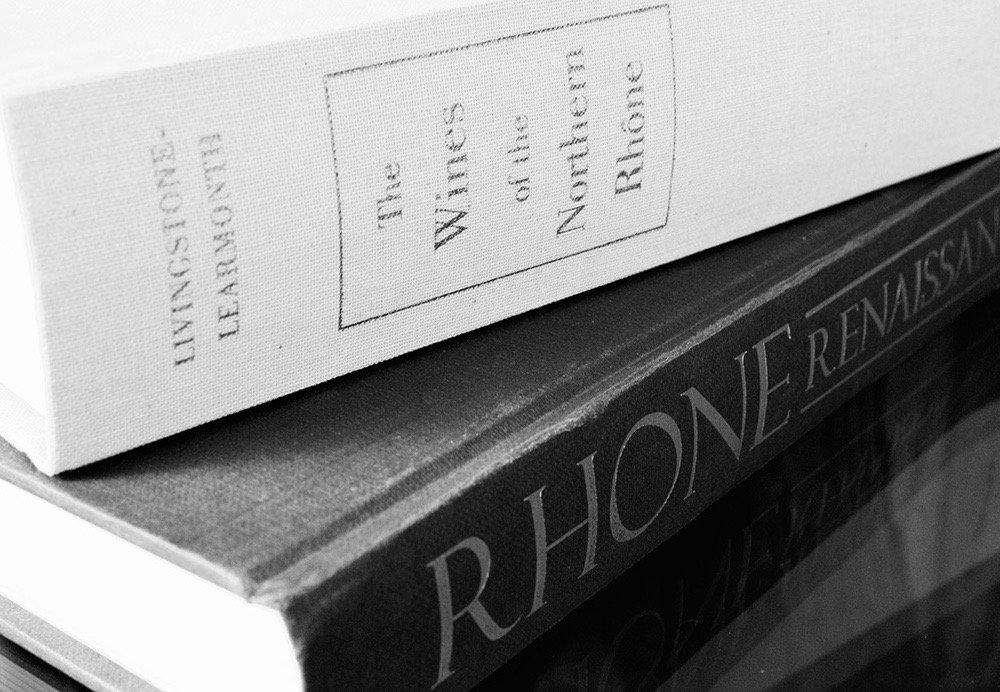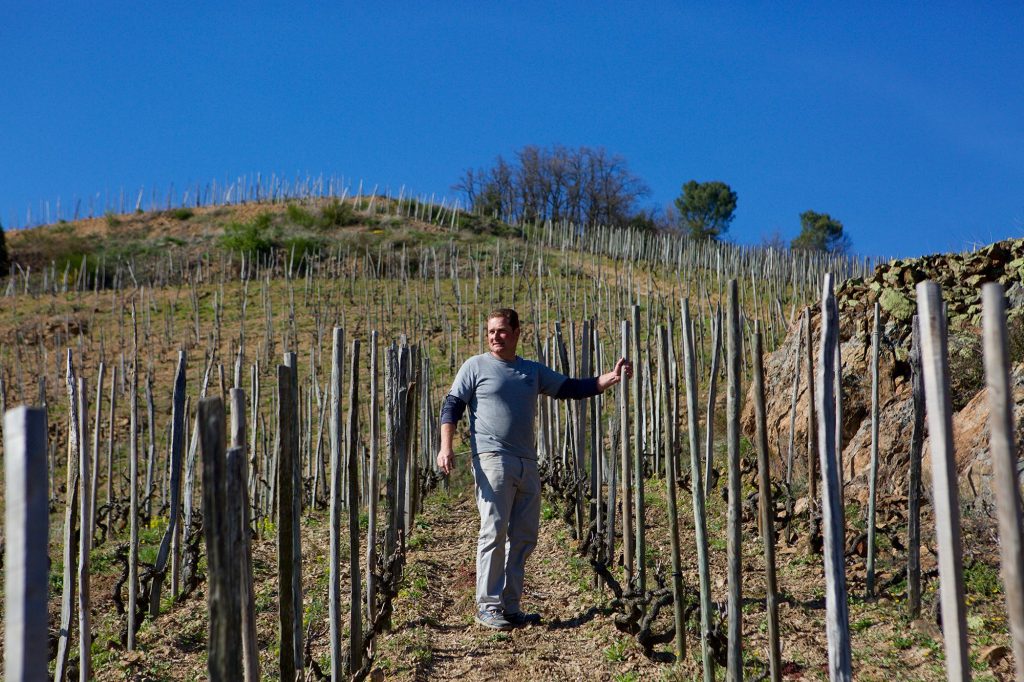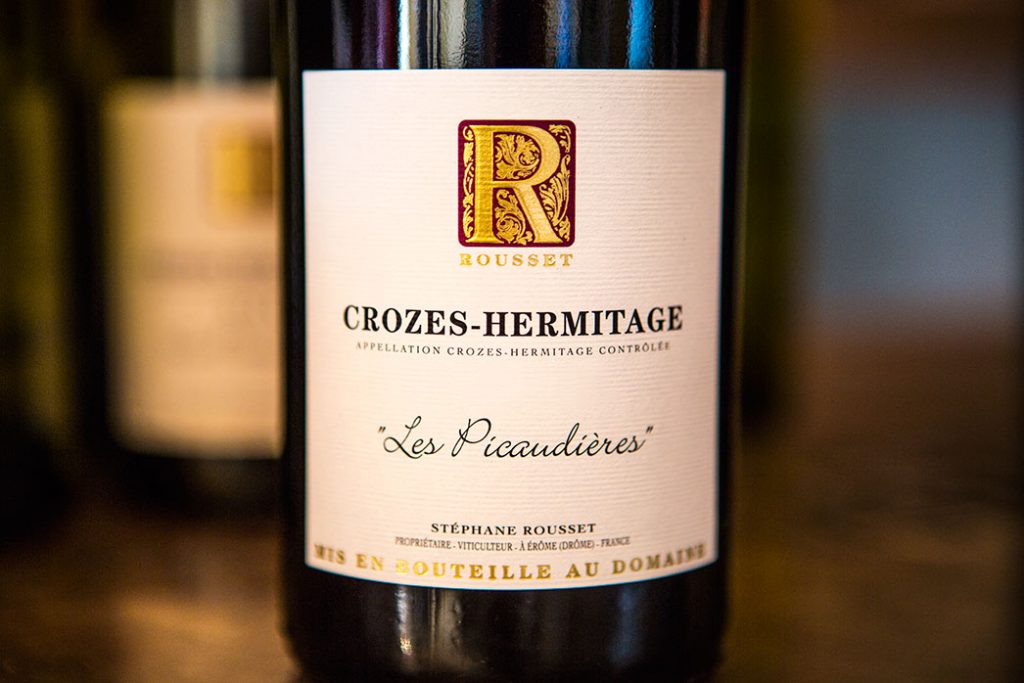
Remington Norman’s book, Rhone Renaissance, hit the shelves in 1995, at the apex of wine’s age of extraction—a time when bigger became better and subtlety was drowned out by the dark and unnaturally dense. I recently dusted it off and smiled as I thumbed through the names and pictures of producers whose legends have since skyrocketed. Then I came across a producer I had never paid any attention to before, one who unexpectedly took center stage when I unearthed his connection to a great wine I had discovered five years earlier.
Research is one of the most satisfying aspects of a wine importer’s work—the thrill of the chase, you know—and historical books like Norman’s are gold, filled with minute details (the greatest producer had a young cousin who inherited some vines? there are interesting vineyards on the north side of the hill?) and unintentional clues to what might become the next great discovery.
While talented winemakers will continue to spring up everywhere, great terroirs are limited. If you believe in the supremacy of terroir as I do, you know that places where great wines were once made may be destined to rise again. At least until climate change obliterates the historical winescape as we know it.
Norman includes terrific accounts of producers like Trollat, Verset, Gentaz, Grippat and Roure, who have either disappeared or retired. Finding out what happened to them and their prized vineyards often requires some snooping. As with his equally fantastic books on Burgundy, he chooses his focal points carefully; he doesn’t cover everyone in depth, and misses (or chooses not to write about) some important figures from the past. But instead of being an encyclopedic bore, he spotlights each producer’s philosophy and personality, which makes the piece as pleasurable to read as it is enlightening.
Norman wrote the book when Northern Rhone produced a lot of pretty culty wines over here in the States. He has a lot to say about guys like Jamet, Rostaing, Guigal, Chave, Chapoutier, Graillot and Clape, and there’s even a surprising nod to Thierry Allemand—just before he became the winemaking guru he is today. But you won’t find today’s hot little favorites like Pierre Benetiere, Jean-Michel Stephan and Pierre Gonon, as many of them were only whispers at the time.
In the last page of the Crozes-Hermitage section of Norman’s book, there is mention of Domaine Raymond Roure, an estate that no longer exists. Roure is one of only seven producers mentioned in the seven pages dedicated to this vast appellation—the largest in the region. Norman’s first line reads, “Raymond Roure used to make the finest Crozes-Hermitage bar none—the red especially.”
He expounds on the extraordinary quality of Roure’s vineyards in Crozes-Hermitage and references Roure’s wife, Madame Roure, who once exclaimed, “we are the only ones to make Crozes from coteaux [a reference to the terraced granite hills],” and, “our Crozes is better than many Hermitages.”
Norman explains that most of Roure’s vineyard sites are a near match for one of the best parts of Hermitage, the granitic western flank. I’ve never had the wines, but I suppose that Norman wouldn’t print Madame Roure’s claim if he wasn’t in agreement.
The Roures sold their vineyards in 1995, mostly to Paul Jaboulet, a large producer who thought enough of Roure to buy exclusive rights to have his name put on their Crozes-Hermitage red from these historic parcels. Jaboulet wasn’t the only one to get some of Roure’s vineyards, a fellow named Robert Rousset picked up a few as well, most notably a piece of the lieu-dit, Les Picaudières.
A few years ago while doing research on the wines of Stéphane Rousset, the son of Robert Rousset, I saw mention of Roure for the first time. My initial encounter six years ago was Stéphane’s striking and honest 2009 Crozes-Hermitage Les Picaudières, from that same vineyard his father had purchased from Roure.
For a warm vintage, it was impressively restrained, thoughtfully crafted, and maintained a strong sense of place, from start to finish. I could tell it was no ordinary Crozes, but I didn’t know just how special it was until I opened John Livingston-Learmonth’s 2005 edition of The Wines of the Northern Rhône.
Livingston-Learmonth’s book is the most extensive I’ve read on the Northern Rhône. It’s twice as thick as Norman’s book and just as fun to read, yet it’s a far more thorough overview of the region; it seems to cover every commercial winery and important vineyard with compelling historical context.
I’m a bit of a rock junkie (the dirt kind) and when I began to read about Rousset’s granitic vineyards in the communes in the northern sections of Crozes-Hermitage (Gervans, Erôme and Crozes-Hermitage, the commune the appellation takes its name from) my interest intensified, as the did wine in my glass.
Livingston-Learmonth dedicates a lot to the terroir profiles of each commune, highlighting their best sites. As he explores the northerly granite lands of Crozes-Hermitage, there’s as much written about Les Picaudières as on a number of lieux-dits sites from the great hill of Hermitage.

An equal amount of ink is dedicated to Robert Rousset in the Crozes-Hermitage section as to anyone else in the region, save Crozes’ most famous producer, Alain Graillot. About a third of Rousset’s profile is about Les Picaudières. According to Livingston-Learmonth, he is obsessed with the vineyard.
Livingston-Learmonth’s first observation about the vineyards of Gervans reads, “Of the three granite villages [of Crozes-Hermitage], Gervans holds the most renowned sites.” As I continued my way through that first bottle of 2009 Les Picaudieres it began to show what Livingston-Learmonth called its “genuine breed and character.” Then in the second paragraph, there it was, the piece of the puzzle that Norman had missed: “the most noted red wine site at Gervans is Picaudières.”
I went back into Norman’s book to see if I had missed anything about Rousset and Les Picaudières and to my surprise, I found no mention of them anywhere in the text.
Click here for Part 2 of this 3-part series: Of Trends and Tribulations



